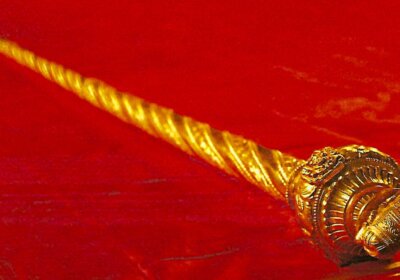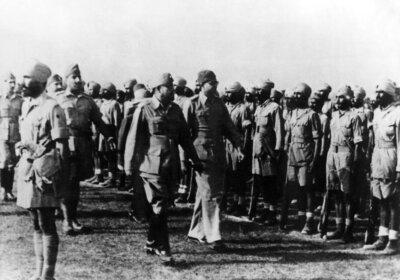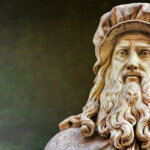Since the invention of motion pictures, audiences have liked how stories were told. Movies have made people understand different emotions like tragedy, love, and many others. In the 1850s, photographers started experimenting with motion pictures, and the first motion picture arrived in the 1890s.
Let’s look at the timeline of motion photography
Who invented Motion Pictures?
A French artist named Louis Aime Augustin le Prince was the inventor of the motion picture. He was the first to shoot a motion picture using a single-lens camera.
Motion Photography
In the middle of the 19th century, photography became a part of civilian life. The American battlefields were documented through motion pictures after the world war. When pictures are arranged in rapid succession, a motion was created with the help of illusion. This process was popularly known as the Zoetrope and was the first process used in motion photography.
Kinetoscope
Motion pictures were not new during the latter part of the 19th century. The magic lanterns were used with the help of image slides and the glasses that became projected. The succession of movements of the pictures is included within the disc of images. This mechanism was popularly called Phenakitiscope.
Early Pictures
In the first phase of motion pictures, there was no sound, story, or plot. Some pictures were merely shown in rapid succession with the illusion of motion. The first movie was shown in France, which was a collection of scenes where each scene lasted for 15-30 seconds. Short scenes showed men playing cards, a person watering his garden, and people getting out of a ferry boat. The early presentations drew a huge crowd. Thomas A Edison presented his shows where waves were moving on the ocean, waterfalls were moving from the Niagara, and the colliding of two trains.
1894-1896
Cameras of motion pictures were invented in the year 1891. After that, the film industry included new ideas and moved forward. Edison worked on and stood ahead of his competitors and in 1894 the first Kinetoscope parlor was opened. By the end of July of the same year, censorship against the movies was enacted. Some scenes remained forbidden from Edison’s movies where a dancer revealed her undergarments. Since then, the entire history of Cinema carried the rules of censorship.
The entertainment provided by the movies lasted for about 15 seconds in earlier movies. The amusement may contain belly dancing or other forms of dancing. The performers were well experienced and usually performed the stage acts that were taken for the movies.
1896-1902
In the United States and Europe, the popularity of movies surged in 1896. Bioscope, cinematography, Veriscope, and Kinematograph were the various versions that were popular among the general crowd. When the Biograph was invented, many competing projectors started appearing.
When the industrial powers started shifting, the movie’s direction and content underwent various evolution. ‘The execution of Mary, Queen of Scots, under the direction of Alfred Clark, was pictured during those times.
Filmmakers like Meles started a new revolution in motion pictures. In 1896, Melles substituted a skeleton for a woman. After that, various science fiction, horror, and dark comedy movies were pictured. After a few years of evolution, filmmakers like Melles begin the revolution in their style. During the early years, movies were unplanned and unstaged. But with the evolution, movies were pictured very planned manner. The filmmaker Alfred Clarke’s editing, mesmerized all the people in the industry. He even incorporated some magical tricks and fantastic story-lines, which stunned many of the producers of that time.
1902-1915
Though motion pictures became more experimental and complicated, most movies were copied from earlier versions. The stories were getting inspired and retold by the previous ones. Filmmakers like Meles. James Williamson started thinking of creative ideas. Most of the filmmakers followed the ones who got success or retold the same stories in different ways.
Porter was hired as a cameraman by Edison, depending on his experience as a projectionist. Finally, he worked as the director of that company. Among films of Porter, ‘ The life of an American Fireman’ was considered to be the first movie where temporal continuity was depicted.
In 1902, the Lumere Brothers declared that cinema was invented without any future. In 1903, Porter released a movie named The Great Train Robbery. He was able to place the viewer inside the train during the actions.
Conclusion
Motion pictures have gone through various experimental stages of successes and failures. Censorship was invented for forbidden scenes with nudity, and those rules and regulations remain applicable. With the evolution of movies, an art form has evolved, which can be the earning aspect of various creative people. Not only still pictures but motion pictures were also bound to depict emotions through the movement or the motion of the pictures.

The Early History of Motion Pictures























Leave a Reply